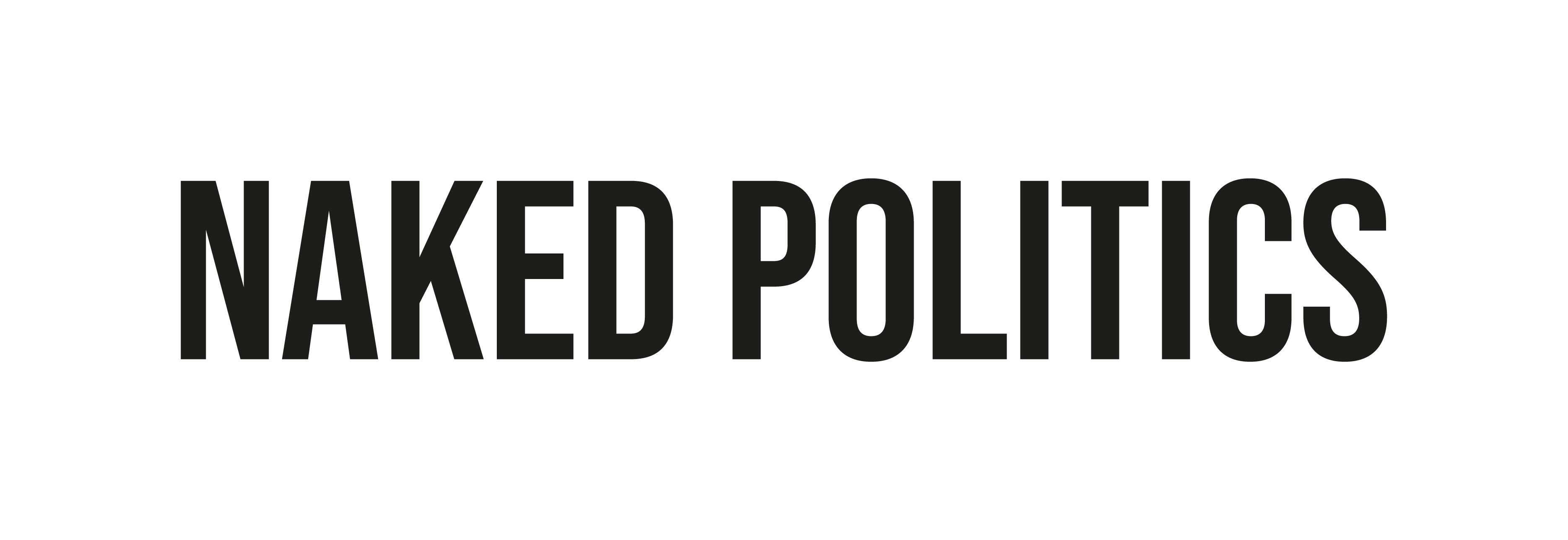Maheen Behring
Naked Politics Blogger
This June, it will be 48 years since the first ever Gay Pride march. Consider this: until 1967 in the UK, a gay man could face a maximum sentence of Life in prison if his sexuality was discovered. Until more recently (2003), gay teachers were not allowed to ‘promote’ homosexual relationships in schools, and only in 2008 did it become illegal to encourage homophobia. Only as recently as 2013 did gay marriage become legal in England and Wales. It is still not legal in Northern Ireland. What these facts do, is to paint a picture of a community that has long been subject to discrimination of a systemic and institutionalised nature.
The LGBT+ community knows what it is to feel attacked both by individuals and by the state. All those who take part in pride events will have experienced statutory inequality and legal discrimination in their lifetimes, and to participate in pride is to show defiance to harsh constraints and prejudices with a display of extraordinary creativity, vibrancy, and, most of all, love.
But what happens when that love (or lust, as it may be) becomes toxic? The LGBT+ community has faced accusations of internal discrimination, whether that be towards certain sexualities or genders, or towards different races. How is it possible for a community who knows what it is to be discriminated against for who they are, to simultaneously contain members who discriminate against people for who they are? It’s a bit of a paradox. So why does it happen, and what are the lessons we can learn from it?

‘No fats, no fems, no Asians’. It’s a shocking statement, and yet on the gay hook-up app Grindr, it isn’t uncommon to see people casually use such words to indicate their sexual ‘preferences’. But, of course, specifying each of these things doesn’t simply amount to an expression of ‘preference’: each request is a blatant and cruel piece of discrimination. The linking of these three epithets is underpinned by a very specific male ideal: extra weight is linked to femininity on account of that fact that women are more likely to have curvy bodies, and the racial stereotypes within the gay community of Asian men see them as more likely to have ‘feminine’ builds. This all suggests a community that is turning in on itself; a space where the ‘straight, white male’ stereotype exudes status, despite the fact that straight white men are very much not part of the LGBT+ community.

Allegations of sexism, transphobia and racism within the LGBT+ community all imply that despite the issues LGBT+ people have historically faced, there has been an internalisation of those issues, creating an unfair hierarchy in the community. Paulo Friere suggests that those who are oppressed simply adopt wholesale the discriminatory practices of their oppressors. This then frames the discrimination perpetrated by LGBT+ people themselves as a means of assuming status by enacting the prejudices generally held by those who hold the power to discriminate. This is understandable, though depressing, but does not quite explain why the LGBT+ community should be so especially plagued by accusations of these other forms of discrimination.

One explanation could be that as an already discriminated-against group, there is more of an awareness of and an introspective acknowledgement of other types of discrimination. There may be more LGBT+ people willing to confront their own prejudices, and those that exist in the wider community. Additionally, as a group that continually strives for acceptance and equality, the LGBT+ community probably faces higher scrutiny when it comes to issues of discrimination than the general population, and so discrimination could be more apparent to outside observers. But equally, the way that racism and sexism are couched in terms of ‘preferences’ indicates that there may be some people who believe that having an LGBT+ identity means that when they discriminate against others, because they are already discriminated against, it does not count or will not be policed in the same way. There may be a sense from people who are part of oppressed groups that their oppression makes them immune to becoming bigots, but it doesn’t and we should recognise this. There are a lot of different and interconnecting reasons why other forms of discrimination may be apparent within the LGBT+ community, and they do offer an uncomfortable insight into society-wide hierarchies.
But we should also take the time, this Pride month, to remember that there are things to not be proud of, amongst LGBT+ groups as well as across society as a whole. We must take conscious steps to be open and accepting in our love for others, so that we can, little by little, fight the divisions that discrimination causes.

